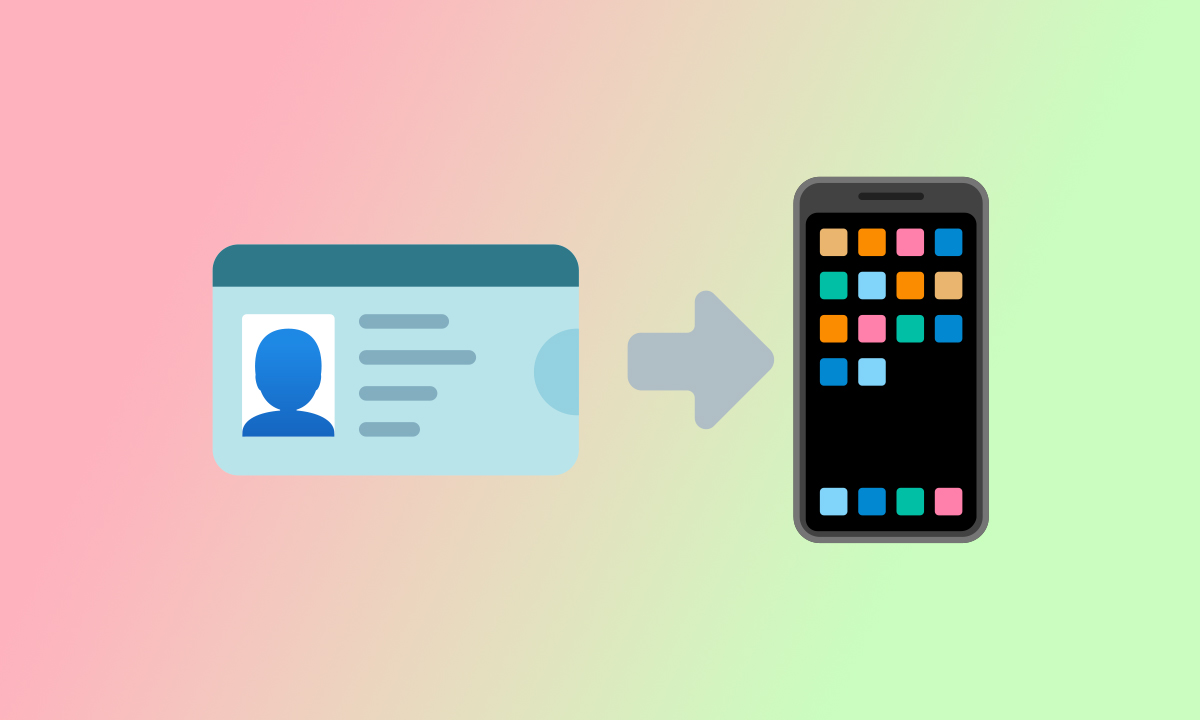Ten practical benefits of a digital ID
A good scheme can make things more private, secure and convenient.
28 September 2025

The UK is finally getting a national digital ID scheme. I highly recommend reading the official explainer for an overview of what’s planned. I think it’s good news.
Entirely predictably, the announcement was followed by a lot of noise. It seems to me there are three main sources of concern, all of which are exacerbated by misconceptions about what a sensible digital ID scheme entails. Done right, the reality is:
- Digital ID is about proving who you are, not tracking what you do. Modern cryptography makes this possible, and an open-source implementation would make it independently verifiable.
- It’s a 21st century digital project, not a 20th century big IT programme. It shouldn’t need huge capex, and a capable team with the right approach could get it done fast (test and learn 👋).
- There are strong guardrails to protect our fundamental liberties. It won’t be be mandatory to carry or to show on demand. Parliament is sovereign and will always have the final say on the rules.
The policy debate often sounds like Westminster is stuck in a time warp, but it’s not 2005 and the technology has moved on. If we were starting over there’s no way we’d choose a patchwork of paper documents and plastic cards as the way to prove who we are. And given the systems we’re dealing with today, a properly implemented digital upgrade would be a big win.
Here are ten practical benefits a good digital ID scheme would bring to our day-to-day lives.
1. More private
A digital ID lets you prove discrete attributes. For example, the person at the checkout only needs to know that you’re over 18 to buy drinks – they don’t need to see your name or home address.
2. Easier to manage
A digital ID would keep your main proofs in one place. This would be much easier to manage than a drawer of important documents or the many other systems people currently rely on.
3. Faster to update
A digital ID can be updated over the air when your circumstances change. No long wait for new credentials to come in the post when you move home or change your name.
4. Less paperwork
A digital ID would eliminate a lot of the form filling we do today, verifying your identity or status directly when required rather than having to fill out lots of details for someone to check later.
5. Greater control
A digital ID would also eliminate requests for copies. No more scans of sensitive documents sitting in people’s inboxes in perpetuity or photocopies lying around in places outside your control.
6. Fewer mistakes
A digital ID would make data sharing more accurate when it does need to happen, sending details securely and directly from your wallet rather than copying personal details out by hand.
7. Stronger signatures
A digital ID would make it easier to securely sign documents electronically. No more printing out paper copies to sign and date by hand, or having to find someone to witness you holding the pen.
8. There when you need it
A digital ID would be stored on your phone. Nowadays this is the thing you’re most likely to have to hand, whether you’re at home or out and about.
9. Easier to revoke / reissue
A digital ID can be revoked quickly if you do lose your phone. And it can be reissued quickly too, restoring all your credentials as soon as you authenticate a new device.
10. Harder to forge
A digital ID would be very difficult to fake. Counterfeit documents can be hard for non-experts to detect; digital proofs are straightforward to verify and near-impossible to impersonate.
Realising these benefits depends, of course, on implementing a digital ID scheme properly: selecting the right technology and privacy architecture, putting the best people on the project and implementing the necessary protections in the law.
I’m sympathetic to concerns that government will get it wrong, but I think that’s all the more reason to lean in and make it work rather than forgo the very practical benefits a digital ID scheme could bring to our everyday lives. After all, state capacity to build 21st century digital infrastructure matters – and daring to take on hard things is the best way to get better at it.